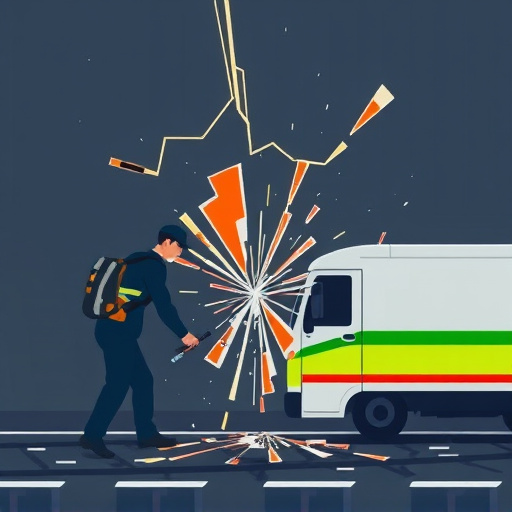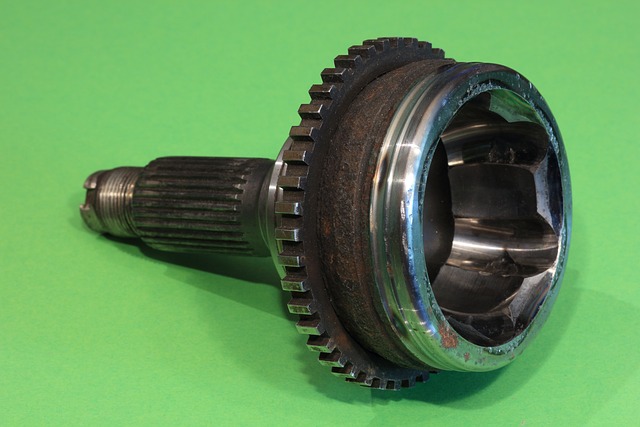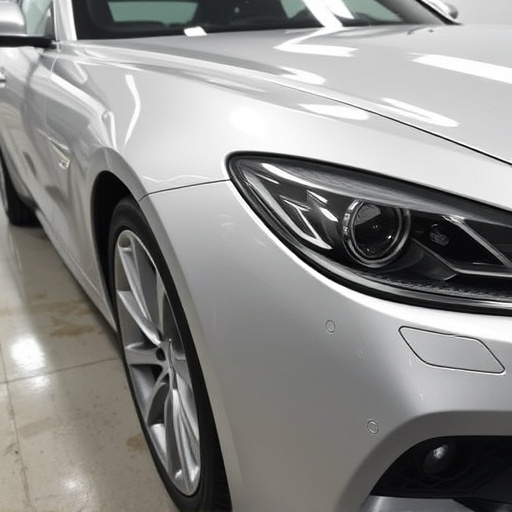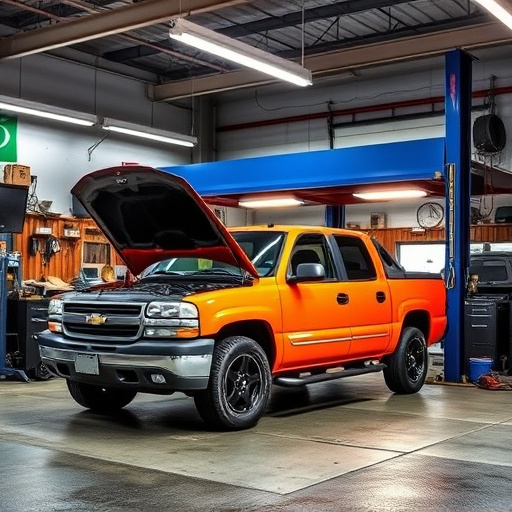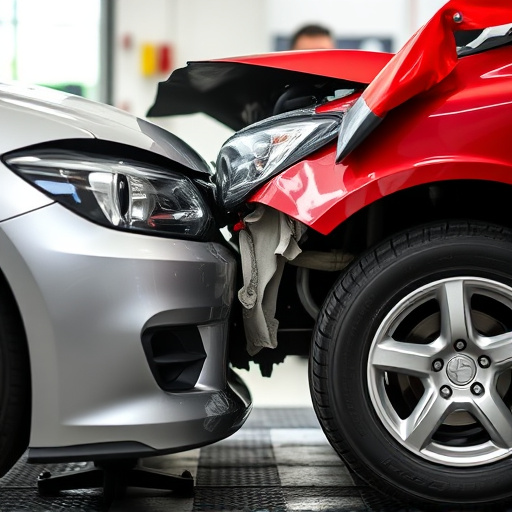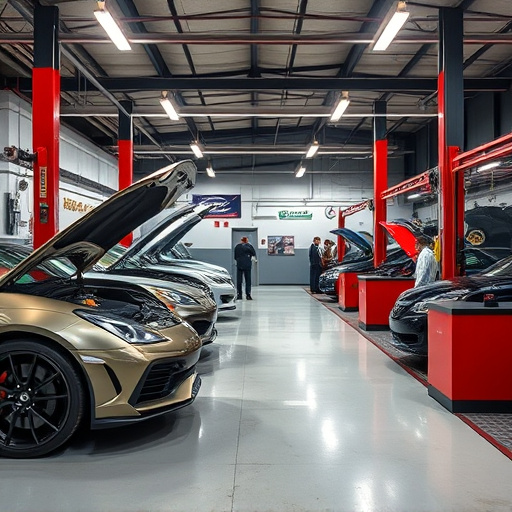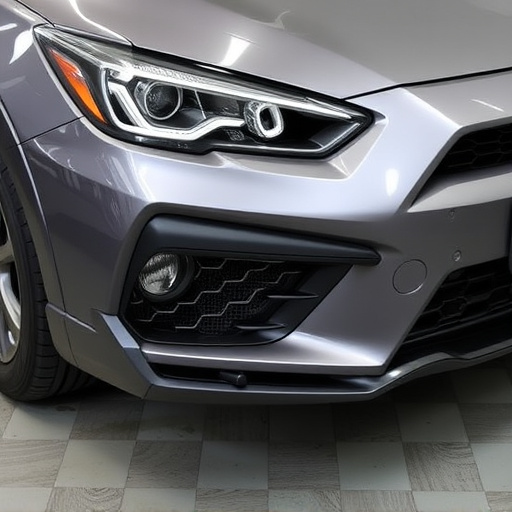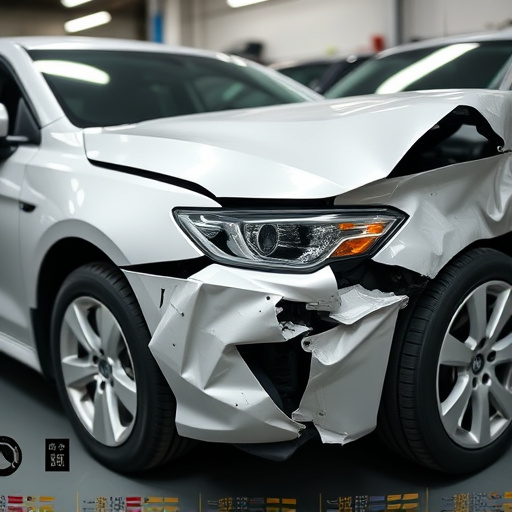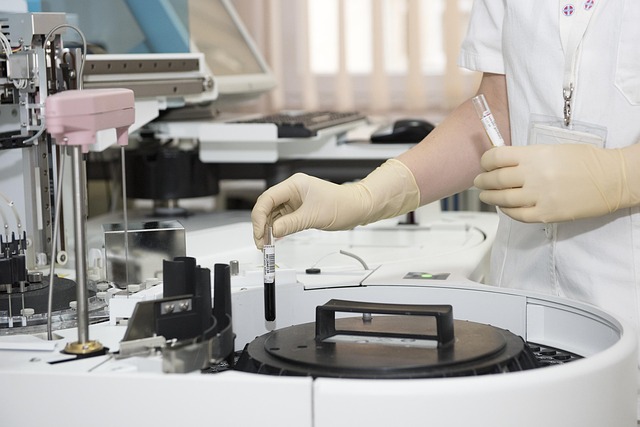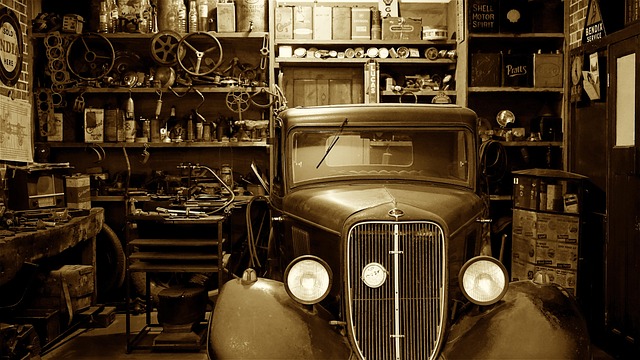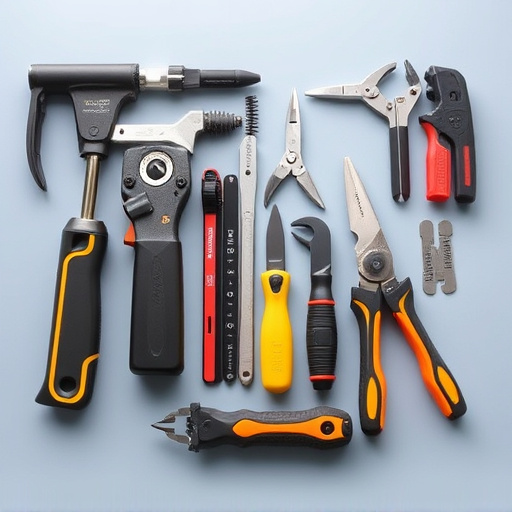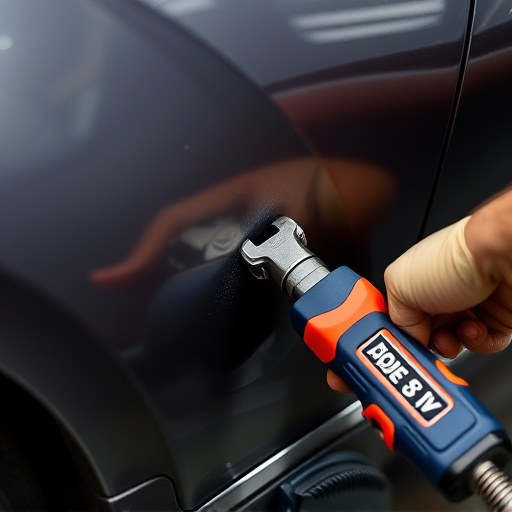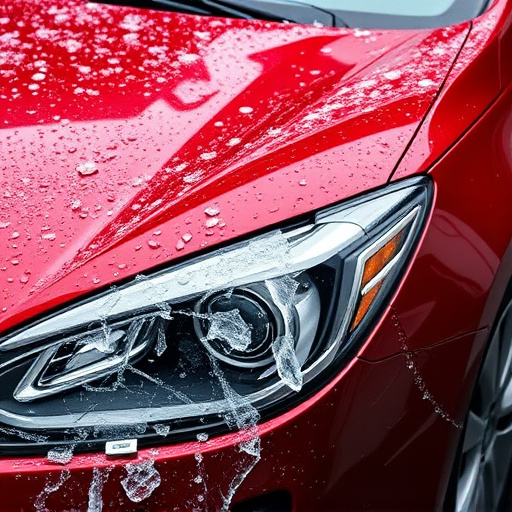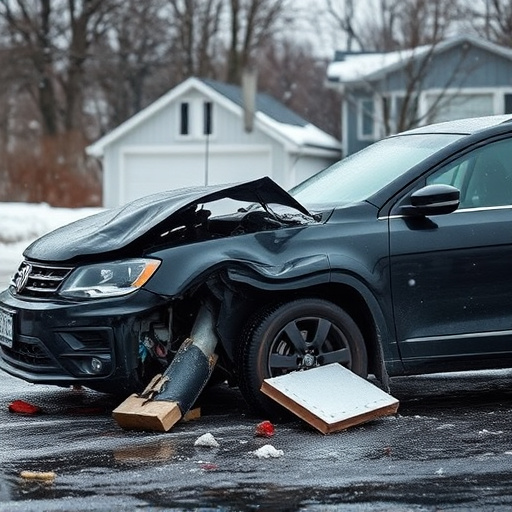Tesla glass replacement goes beyond standard repair, crucial for maintaining advanced driver-assistance systems (ADAS) vital to its autonomous driving capabilities. Skilled technicians carefully remove damaged glass, install new panels precisely aligned, and calibrate sensors, cameras, and radar to ensure optimal ADAS performance while preserving the unique structural integrity and safety standards of electric vehicles like Tesla. This specialized process is essential for maintaining visibility, enhancing safety features like Autopilot, and ensuring precise lane keeping and automatic braking performance.
Tesla vehicles, known for their cutting-edge technology, rely heavily on clear and intact windows for optimal Advanced Driver Assistance Systems (ADAS) performance. This article delves into the essential aspects of Tesla glass replacement and ADAS calibration. We explore the significance of high-quality glass in Tesla models, common reasons for replacements, and the intricate process of recalibrating ADAS sensors post-replacement to ensure safe and reliable driving assistance. Understanding these procedures is crucial for both owners and professionals alike, emphasizing the importance of expert handling for optimal results in Tesla glass replacement.
- Understanding Tesla Glass Replacement
- – The importance of glass in Tesla vehicles
- – Types of glass used and their functions
Understanding Tesla Glass Replacement
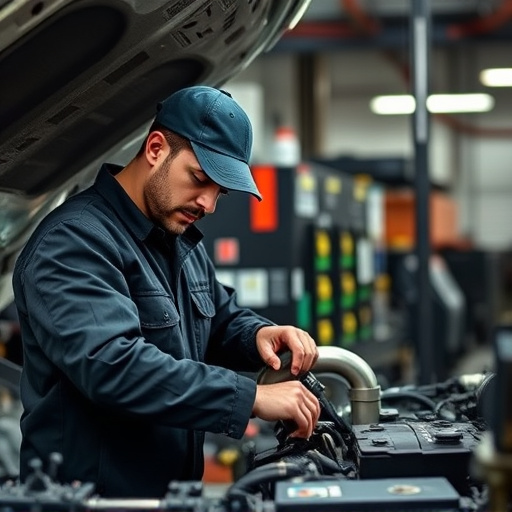
When it comes to Tesla glass replacement, understanding the process is key. It involves more than just swapping out a cracked or damaged window; it’s about preserving the vehicle’s advanced driver-assistance systems (ADAS) functionality and overall safety features. Since Teslas are equipped with cutting-edge technology, replacing their glass requires specialized knowledge and tools to ensure proper alignment and calibration of sensors and cameras, which are integral parts of their autonomous driving capabilities.
The process starts with removing the damaged glass while taking precautions to safeguard sensitive components beneath. Skilled technicians then install new glass, meticulously aligning it to maintain the vehicle’s structural integrity and the optimal performance of its ADAS systems. This includes calibrating cameras, sensors, and radar, which are crucial for features like Autopilot, lane keeping, and collision avoidance. Unlike a regular car body shop, Tesla glass replacement demands precision and an in-depth understanding of the electric vehicle’s unique requirements to ensure both aesthetics and safety standards are met.
– The importance of glass in Tesla vehicles
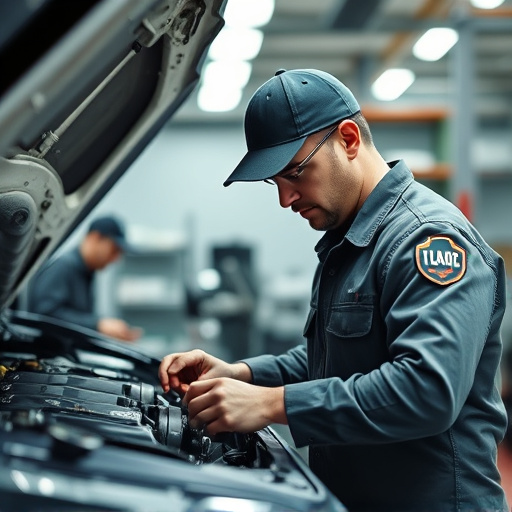
The glass on Tesla vehicles is more than just a protective barrier; it’s an integral part of the vehicle’s design and technology. Not only does it provide structural integrity and protect occupants, but it also plays a crucial role in enhancing the advanced driver-assistance systems (ADAS) that have become synonymous with Tesla cars. Clear, scratch-free glass ensures optimal visibility for both the driver and the cameras and sensors that power ADAS features like Autopilot and collision avoidance.
When considering Tesla glass replacement, it’s essential to turn to a reputable auto repair shop equipped with specialized tools and expertise. Unlike a simple car body restoration or auto body painting job, replacing Tesla glass requires precision and an understanding of the vehicle’s complex electronics. A skilled technician will not only replace the physical glass but also recalibrate the ADAS systems to maintain their accuracy and effectiveness, ensuring the safety and peace of mind of Tesla owners on the road.
– Types of glass used and their functions
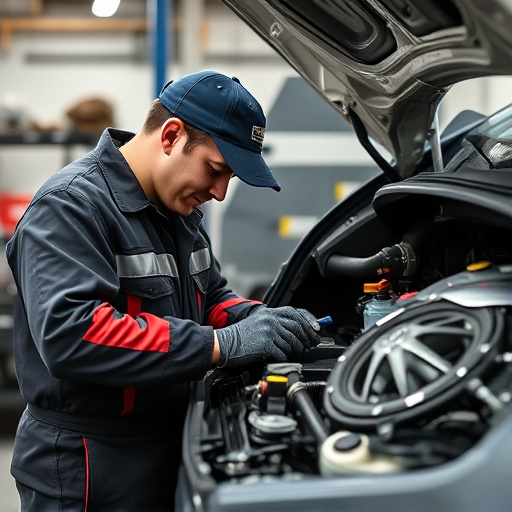
Tesla vehicles come equipped with advanced glass technologies designed to enhance safety and driving experience. The front windshield is a high-strength laminated glass that provides excellent impact resistance, crucial for protecting occupants in case of an accident. This type of glass also features a special coating that reduces glare from sunlight and oncoming headlights, improving visibility.
In addition to the windshield, Tesla uses tempering and laminating processes for side windows and rear glass. Tempered glass is stronger and safer than regular glass, shattering into small, non-sharp pieces upon impact, minimizing the risk of injury during vehicle repair or in case of car damage repair. Laminated glass further enhances safety by holding shattered pieces together, preventing them from becoming lethal projectiles. These advanced glass materials play a significant role in Tesla’s Autopilot and Advanced Driver Assistance Systems (ADAS) calibration, ensuring optimal performance and precision for features like lane keeping and automatic braking.
Tesla glass replacement is more than just a repair; it’s about preserving the performance and safety of your vehicle. Understanding the different types of glass and their functions, as well as the importance they play in Tesla’s Advanced Driver Assistance Systems (ADAS), is key to ensuring optimal driving experience and continued reliability. When it comes to ADAS calibration, precise replacement and expert tuning are essential for maintaining the system’s accuracy, ultimately enhancing road safety.
